Tested: 1987 Buick GNX Exercises Brute Force
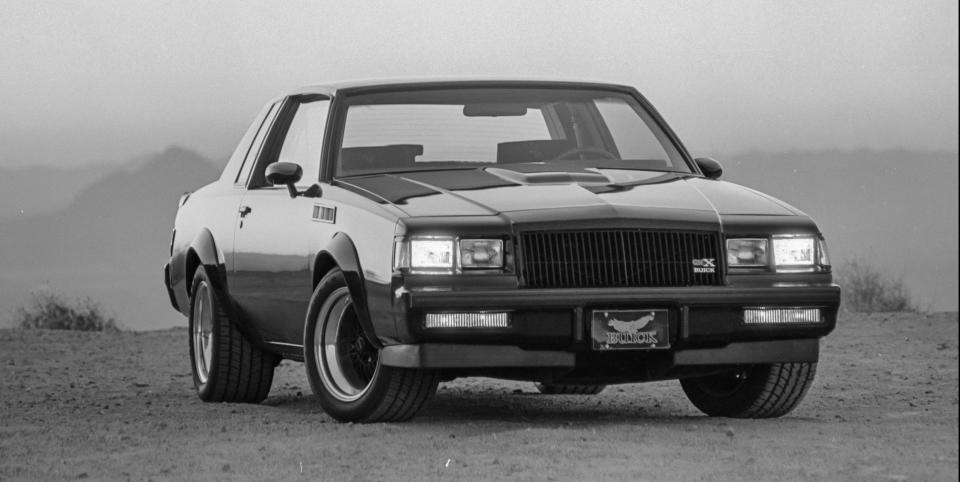
From the May 1987 issue of Car and Driver.
If you're looking for precision and sophistication in a car, don't even consider the Buick GNX. In a world of sleek shapes and refined manners, the GNX is an axe-wielding barbarian laying waste to everything in its path. For better or worse, though, the forces of civilization are winning: the GNX and its Regal Grand National stablemate won't be pounding the streets to rubble much longer. The rear-wheel-drive Regal will be put to rest at the end of 1987, and its turbocharged and intercooled 3.8-liter V-6 will start pushing up daisies as well.
As a farewell to the rear-drive incarnation of the Regal, which has been around in its current form since 1978, some of the drag racers at Buick decided to give the Grand National one last tweak before relegating it to the boneyard of automotive history—a swan song, if you will, one last meteoric burst of power before the flame dies for good. The plan is to produce only 500 GNXs (in any color you want, as long as it's black), so if your order is not yet in, forget about being the original owner of one of these brutes.
To expedite the procedure of pegging the needle completely off the Richter scale, Buick turned the GNX project over to the Automobile Specialty Company (a division of ASC) and McLaren Engines. Both companies are located in Michigan, and both have worked with Buick before. ASC was largely responsible for the 1982 to '85 Riviera convertible, and McLaren has been associated with various Buick racing-engine projects.

McLaren started with the Grand National' s turbocharged and intercooled V-6, which already produced 245 horsepower (or more, but 245 is Buick's modest claim), massaging it until 300 horses showed up on the dynamometer. The modifications are straightforward hot-rod stuff: ported and polished heads, a larger turbocharger with a ceramic turbine wheel, a dual exhaust system, a recalibrated PROM (programmable read-only memory) chip for the engine-control computer, and an insulated intercooler outlet tube, which keeps the temperature of the pressurized air from rising after it leaves the intercooler. Maximum boost has been increased to 16 psi, two more than the Grand National's allotment, but a circuit in the engine-control computer still shuts off the fuel flow at 124 mph. The engine has enough grunt to push the GNX much faster, but Buick engineers feel the chassis wouldn't tolerate much more speed without taking to the air like a Frisbee. The rest of the engine has been left untouched, a testament to Buick's confidence in the soundness of the basic design.
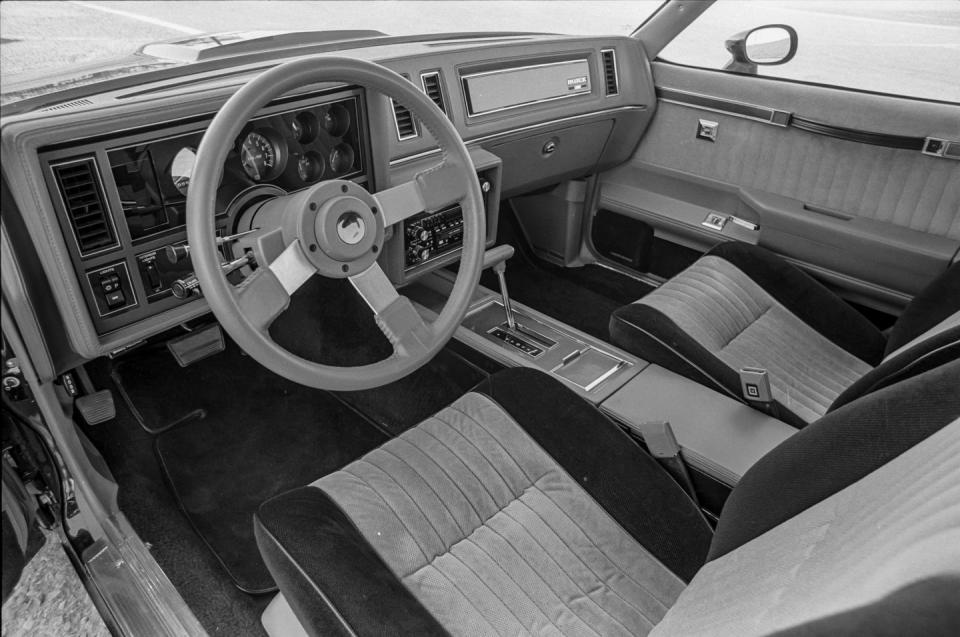
ASC's modifications include a new valve body for the automatic transmission. It keeps the shift points at the redline and makes downshifts feel as if anvils were clanking together somewhere. In order to keep all the newfound power from torquing the live rear axle into new and exciting positions, ASC substituted a short torque arm and a Panhard rod for the Grand National's pair of diagonal locating links. In our prototype test car, these components were attached to a massive machined-aluminum housing, which replaced the normal differential cover. (In production, a less expensive casting will do the job.) In addition, a new frame crossmember provides the forward attachment point for the torque arm. The front suspension is unchanged; considering that it will probably spend most of its life in the air, there was no point in spending much money on it.

For those times when all four wheels are touching the ground, Buick took the precaution of upgrading the rubber to 16-inch Goodyear Eagle VR50s: 245/50VR-16s at the front, 255/50VR-16s at the rear. On our test car, the wheels were bolt-together modular alloy designs, but the production cars will get cast and welded alloy wheels from a Japanese manufacturer. New fiberglass fender flares keep the body from slicing the huge tires to ribbons.
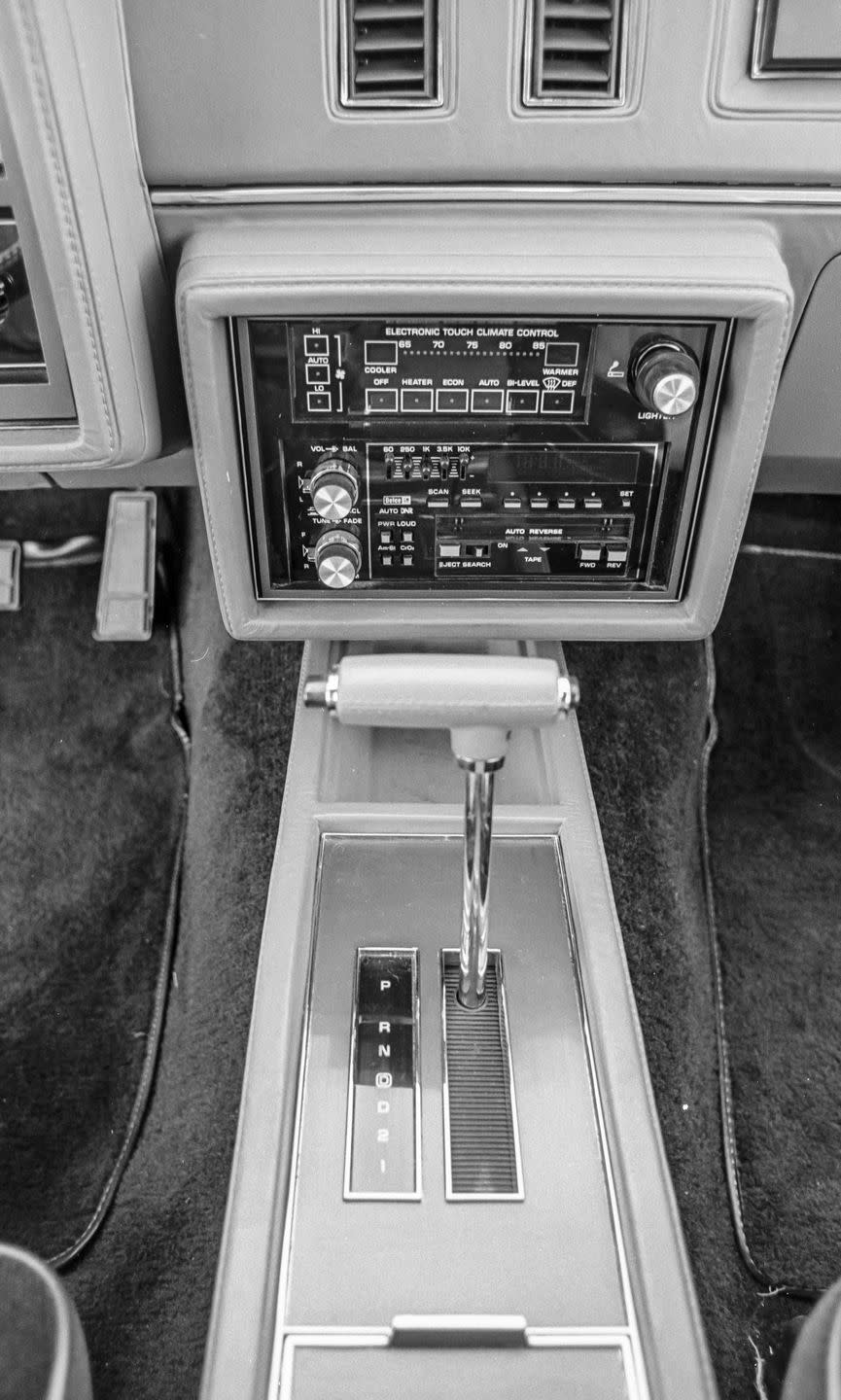
The last Grand National we tested generated some impressive numbers. It ran to 60 mph in 4.9 seconds and clicked through the quarter-mile in 13.9 seconds at 98 mph. The GNX, with 55 more horses and an additional 25 pounds of mass, rockets to 60 in 4.7 seconds and squirts through the quarter-mile in 13.5 seconds at 102 mph. In zero-to-60 performance, the only car available in the U.S. that matches the Buick is the Callaway Twin-Turbo Corvette, and the only one that beats it is the Porsche 911 Turbo, at 4.6 seconds.
Although the GNX's performance in the drag-race mode is measurably improved, the new suspension pieces do little to help the old sled's handling. At 0.80 g, it has respectable skidpad grip, but no more than the Grand National we tested last year. In the real world, when the road deviates from straight ahead or its surface becomes rougher than a pool table, the GNX rattles and bounces like bolts in a blender. Clearly, the engine and the chassis are in separate leagues. What we have here is a great powerhouse of a motor looking for a nice place to live.
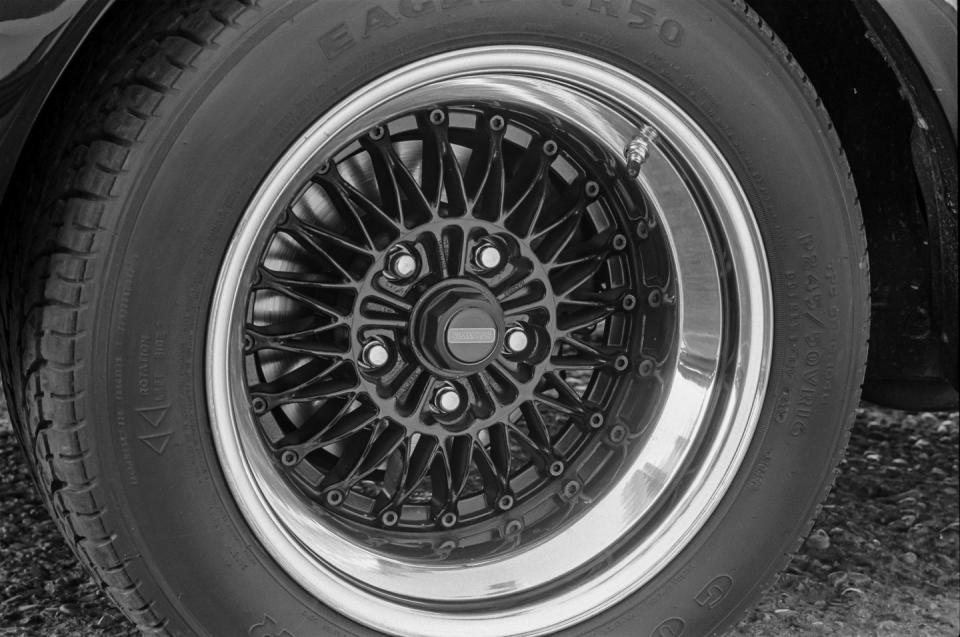
In dazzling contrast to the blacked-out exterior, the interior of the GNX is a festival of chrome and bright metal. At least the instrument cluster has been improved, with non-glitzy Stewart-Warner gauges for speed, rpm, boost, oil pressure, engine temperature, and fuel level. The seats are firm and supportive and are covered in a grippy gray fabric.
The GNX may be unsophisticated, but a lot of people with fond memories of "the good old days" will find its throaty voice and squalling rubber to be exactly the sort of aural gratification they've been missing lately. We have no doubt that at least 500 such people will be willing to pay $27,000 for this slice of automotive history. And probably a hundred times that number will mourn the passing of the Grand National and the GNX.
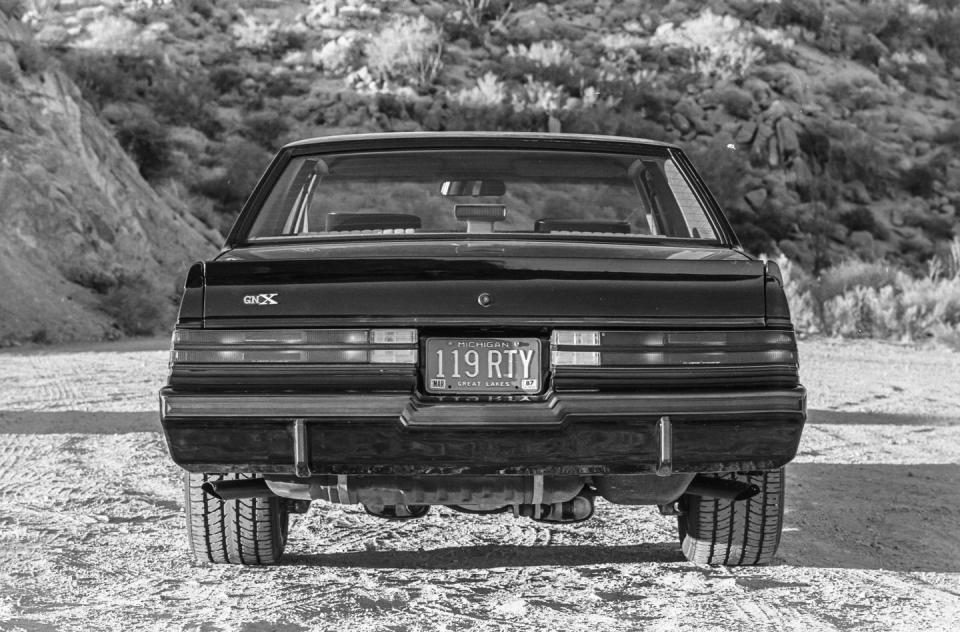
We'll do a little mourning ourselves—not so much for the car as for the engine that powers it. If we were Buick, we'd set the hyperactive V-6 on a stand and build a car of comparable talents around it. This is one orphan that cries out for adoption.
You Might Also Like

 Yahoo News
Yahoo News 